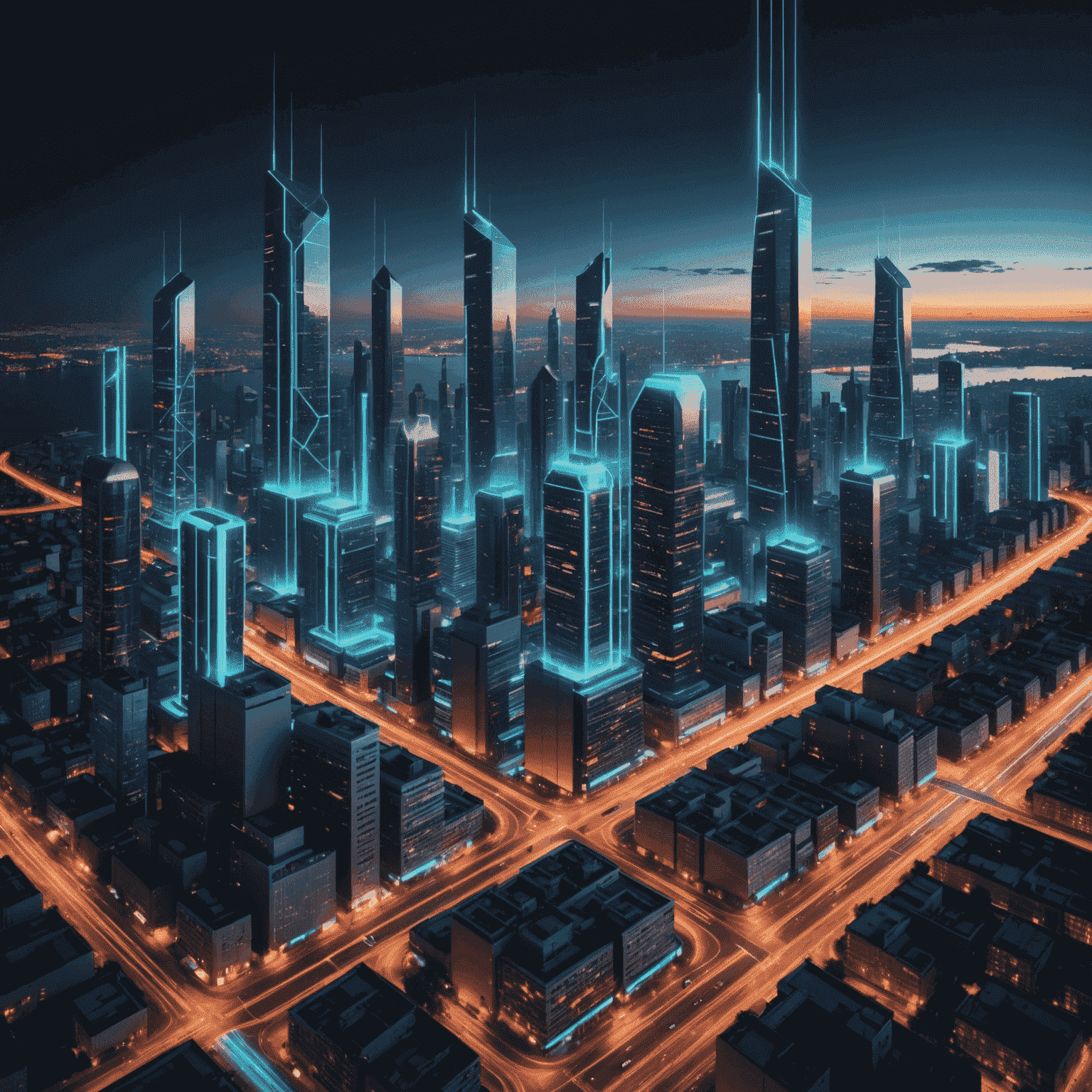Digital Twin Technology in Urban Planning

In the realm of 3D architecture and urban design, digital twin technology is revolutionizing how we approach city planning and management. This cutting-edge innovation allows us to create virtual replicas of entire urban environments, offering unprecedented insights and capabilities for planners, architects, and city officials.
What is a Digital Twin?
A digital twin is a virtual representation of a physical object or system. In the context of urban planning, it's a dynamic, data-driven model of a city that can be used to simulate, analyze, and optimize various aspects of urban life and infrastructure.
Applications in Urban Planning
- Infrastructure Management
- Traffic Flow Optimization
- Energy Efficiency Planning
- Construction Planning and Simulation
Benefits of Digital Twins in Urban Design
By leveraging digital twin technology, urban planners and architects can:
- Visualize complex data in an intuitive 3D environment
- Test and simulate urban development scenarios
- Improve decision-making with real-time data analysis
- Enhance collaboration between different stakeholders
- Optimize resource allocation and reduce waste
SketchUp and Digital Twins
While SketchUp is primarily known for 3D modeling, it plays a crucial role in the digital twin ecosystem. Architects and designers can use SketchUp to create detailed 3D models of buildings and urban spaces, which can then be integrated into larger digital twin platforms. This seamless integration allows for a more comprehensive and accurate representation of the urban environment.
Case Study: Singapore's Virtual Twin
Singapore has been at the forefront of digital twin technology in urban planning. The city-state has created a comprehensive virtual replica of itself, allowing planners to simulate various scenarios, from traffic patterns to the effects of new construction projects. This digital twin has been instrumental in Singapore's smart city initiatives, helping to optimize everything from energy usage to emergency response times.
The Future of Urban Planning
As digital twin technology continues to evolve, we can expect to see even more innovative applications in urban planning and 3D architecture. From AI-powered predictive maintenance of infrastructure to virtual reality interfaces for public engagement, the possibilities are endless. Digital twins are set to transform our cities into more efficient, sustainable, and livable spaces for generations to come.
Embracing digital twin technology is not just about keeping up with trends—it's about reimagining the future of our urban spaces.